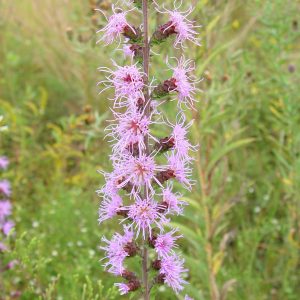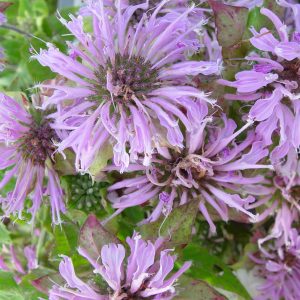Sneezeweed
Helenium autumnale
The yellow daisy-looking flowers don’t cause sneezing rather the name comes from medicinal use as a snuff
$3.00 – $157.00
For quantity discount pricing, request a quote.
Description
Helenium autumnale, commonly called sneezeweed, is a perennial native forb (wildflower) here in Missouri. Powdered disk flowers and leaves were historically dried and used as snuff, thus giving rise to the common name of sneezeweed.
Wildlife notes
Probably the most common visitors to the flowers are long-tongued bees, including honeybees and bumblebees. Most of these insects suck nectar, although some bees also collect pollen and some beetles feed on the pollen.
Forage notes
Livestock usually do not eat this plant because its foliage is toxic and bitter. There have been reports of severe poisoning for livestock, producing such symptoms as congestion of the kidneys and liver, formation of necrotic areas in the lungs, and irritation of the digestive tract. Not surprisingly, Common Sneezeweed is considered an ‘increaser’ in grazed meadows.
Landscaping notes
Easily grown in average, medium to wet soils in full sun. Prefers rich, moist soils. Intolerant of dry soils. Avoid overfertilization which may cause plants to grow too tall. Although not required, plants may be cut back in early June (at least six weeks before normal flowering) to reduce plant height and to encourage branching. Remove spent flowers to encourage additional bloom. Cut back plants by 1/2 after flowering.
Borders. Also effective in prairies, meadows, cottage gardens, wild gardens, naturalized areas or in moist soils along bodies of water.
Restoration notes
Habitats include moist black soil prairies, moist meadows in wooded areas, moist meadows along rivers, moist open woodlands, soggy thickets, fens, marshes, poorly drained pastures and abandoned fields, low areas along streams and ponds, and ditches. It is not uncommon to find this plant growing within a few feet of water in both disturbed areas and higher quality habitats. Recovery from fire is poor.
This plant is commonly used in the following mixes: Wet Meadow Mix
Additional information
| Weight | N/A |
|---|---|
| Unit | Packet, Ounce, Pound |
| Light | Full Sun to Part Shade |
| Soils | Moist, Wet |
| Height | 36"-48" |
| Bloom Month | Aug, Sep, Oct |
| Color | Yellow |
| Specialty Uses | Butterfly, Medicinal |
| # seeds/pkt | 200 |
| Packet coverage area | 5 sq. ft |


